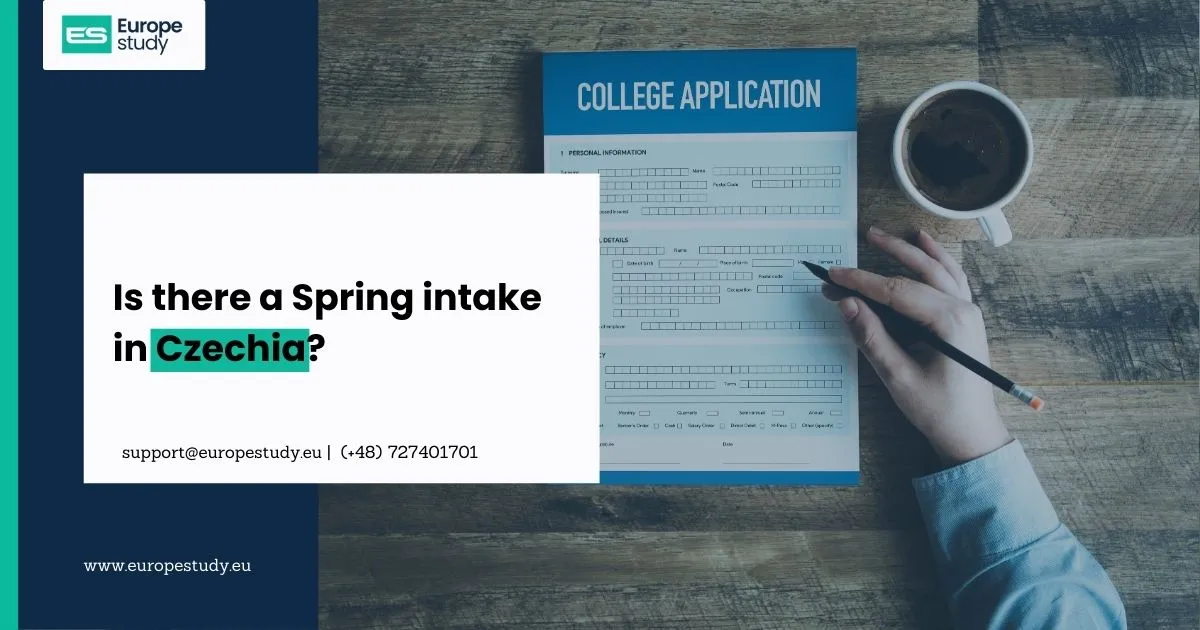
Schengen Visa Shopping: Why Cutting Corners Can Get You Deported
As travel to Europe becomes increasingly popular, more and more travellers are finding it difficult to secure timely Schengen visa appointments. In response, a troubling trend has emerged: Schengen visa shopping—the act of applying for a visa from a Schengen country perceived as faster or easier to obtain approval from, even if the traveller has no real intention of visiting that country.
While it may seem like a harmless workaround, this practice can land you in serious trouble at the border.
What Is Schengen Visa Shopping?
Schengen visa shopping refers to applying for a visa through a country that isn't the traveller’s main or actual destination—usually chosen because their consulates have faster processing times or fewer appointment delays.
This often comes up in online forums like Reddit. One traveller shared:
“My wife and I were planning to spend three days in Barcelona and a week in Paris, so we applied for a French visa. But our friends cancelled and we decided to spend the whole trip in Spain instead. Since we have a France visa, will this cause issues at the Spanish border?”
Another traveller asked:
“I want to visit Portugal, but I couldn’t get an appointment. Some friends just got Polish visas and flew to Lisbon. Is this legal?”
The short answer is: no. Visa shopping is a direct violation of Schengen visa rules.
Why Do People Do It?
Several factors drive this behaviour:
- Limited visa appointments during peak travel periods, especially in popular destinations like Italy, France, and Portugal.
- Easier approval rates from certain embassies, prompting applicants to choose convenience over compliance.
- Misunderstanding of the Schengen visa’s purpose, believing it allows unrestricted travel anywhere in Europe without considering entry rules.
What Do the Rules Say?
According to the European Union's official guidelines:
- Travellers must apply at the embassy or consulate of their main destination—the country where they will spend the most time.
- If the time spent is equal across countries, the visa must be obtained from the country of first entry.
- Failure to comply can result in visa denial, being refused boarding, or even being turned back at the EU border.
The Embassy of Estonia warns:
“There might be more severe consequences – starting with the refusal of the visa, and if travelling with a different itinerary, ending up being offloaded from the plane or returned back home from the EU borders.”
What Can Happen If You're Caught?
Travellers who engage in visa shopping risk:
- Being denied entry at the border if travel plans don't match the visa.
- Increased scrutiny in future visa applications.
- Being asked to show proof of itinerary and supporting documents at the airport.
- In worst-case scenarios, visa bans or being placed on watch lists.
Are There Exceptions?
Yes—but only for multi-entry visas.
Once a traveller uses a multi-entry visa legally for their first trip, they are typically allowed to enter any Schengen country on subsequent visits.
However, during the first entry, border control can demand:
- Travel bookings
- Accommodation proof
- Financial sufficiency
- Documentation submitted with the visa application
Key Takeaways
Schengen visa shopping might seem like a clever hack, but it's a violation of EU visa regulations that can have serious consequences. To avoid complications:
- Apply for your visa through the country you're staying in the longest.
- Stick to the original itinerary stated in your application.
- Carry all relevant documents at the time of travel.
Following the rules not only ensures smoother travel but also protects your chances of future visits to the Schengen Zone.
Source: Gulf News – Schengen Visa Shopping Warning





